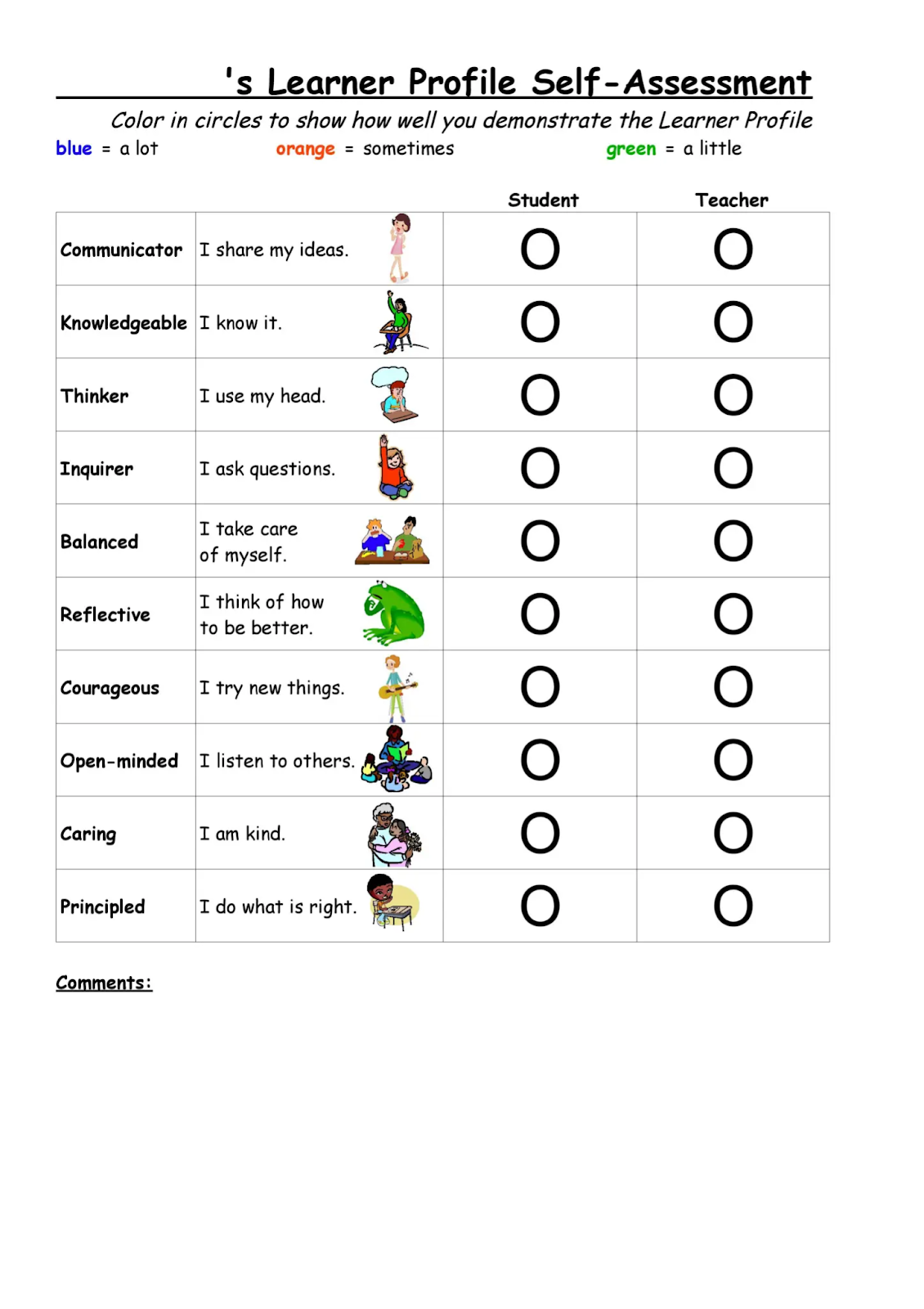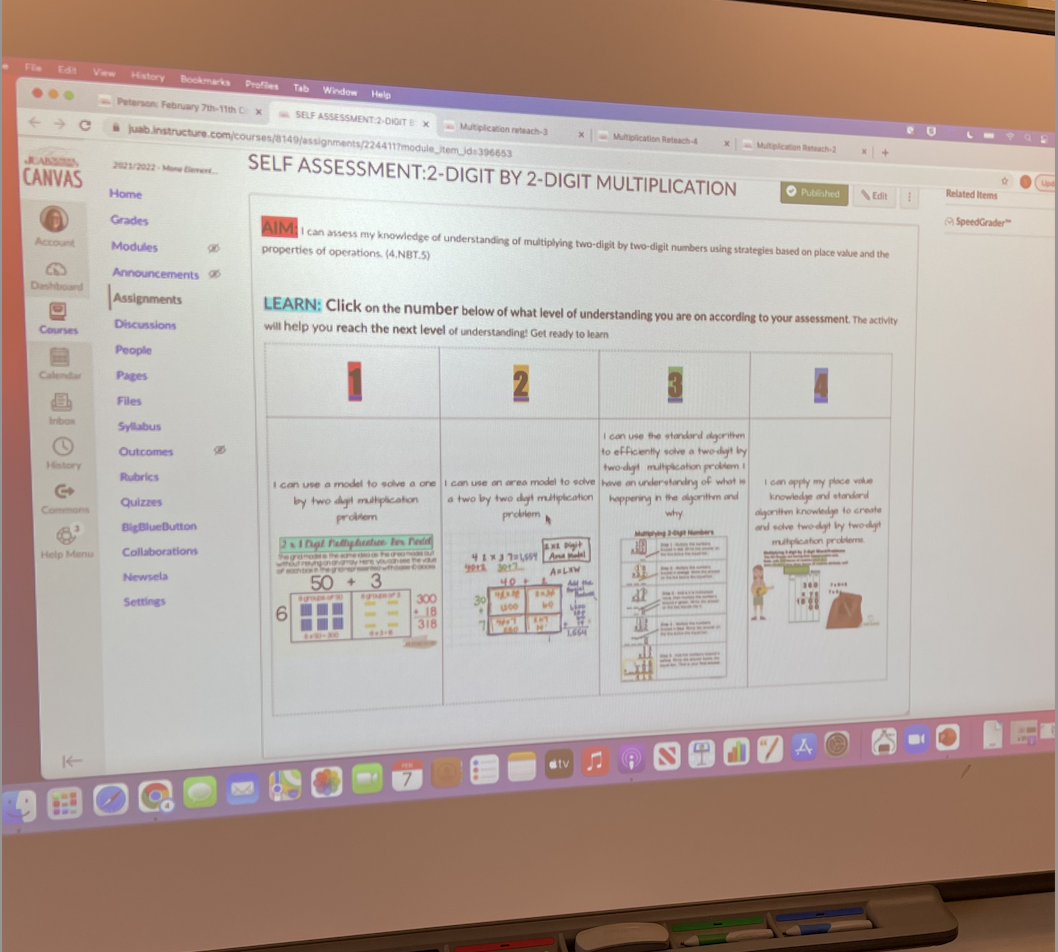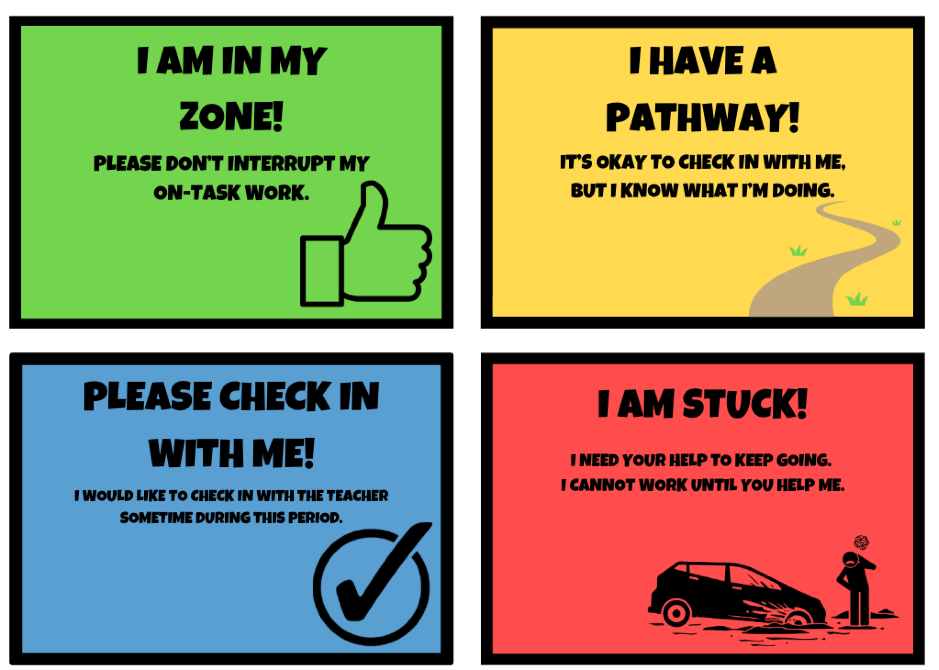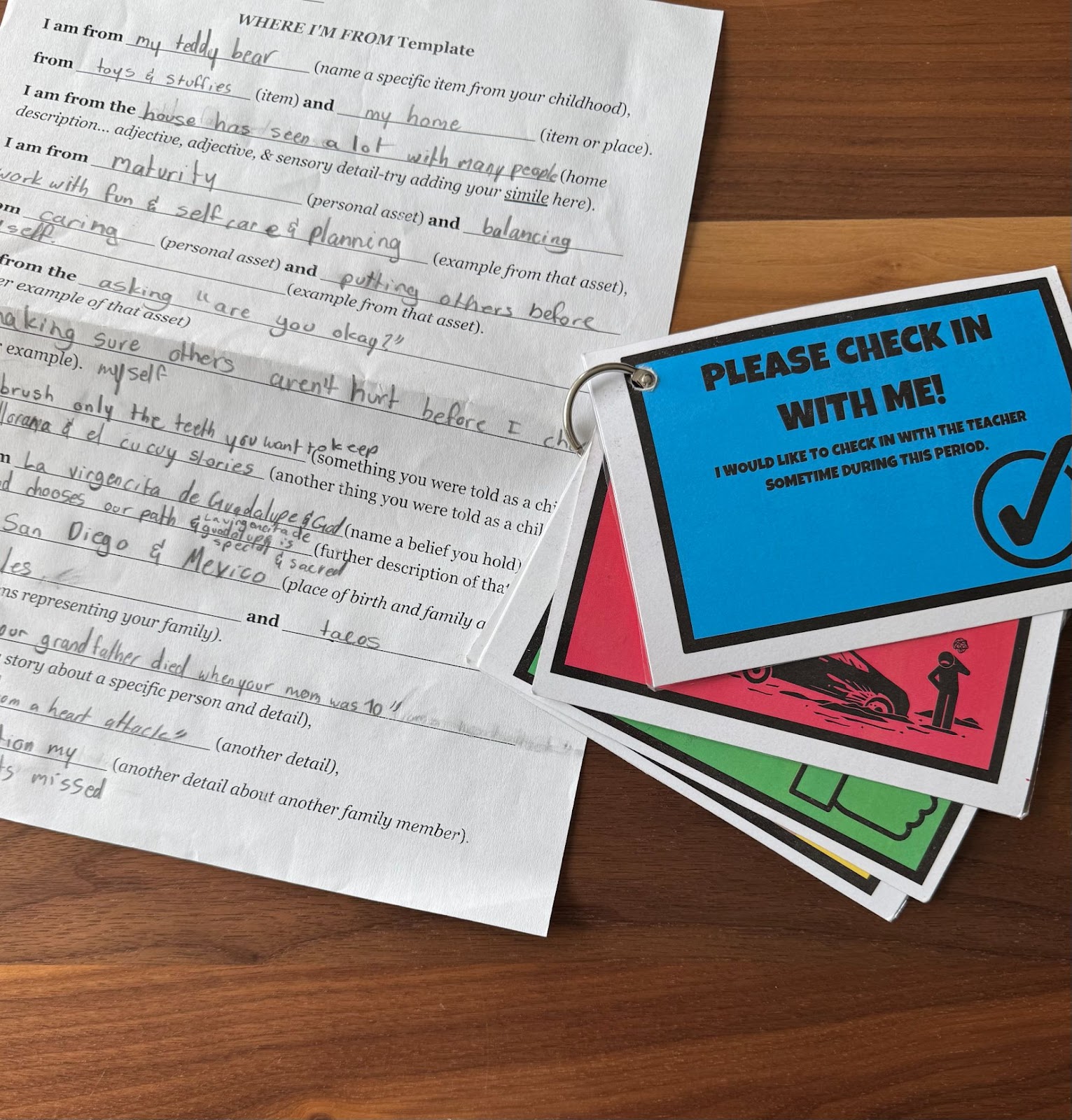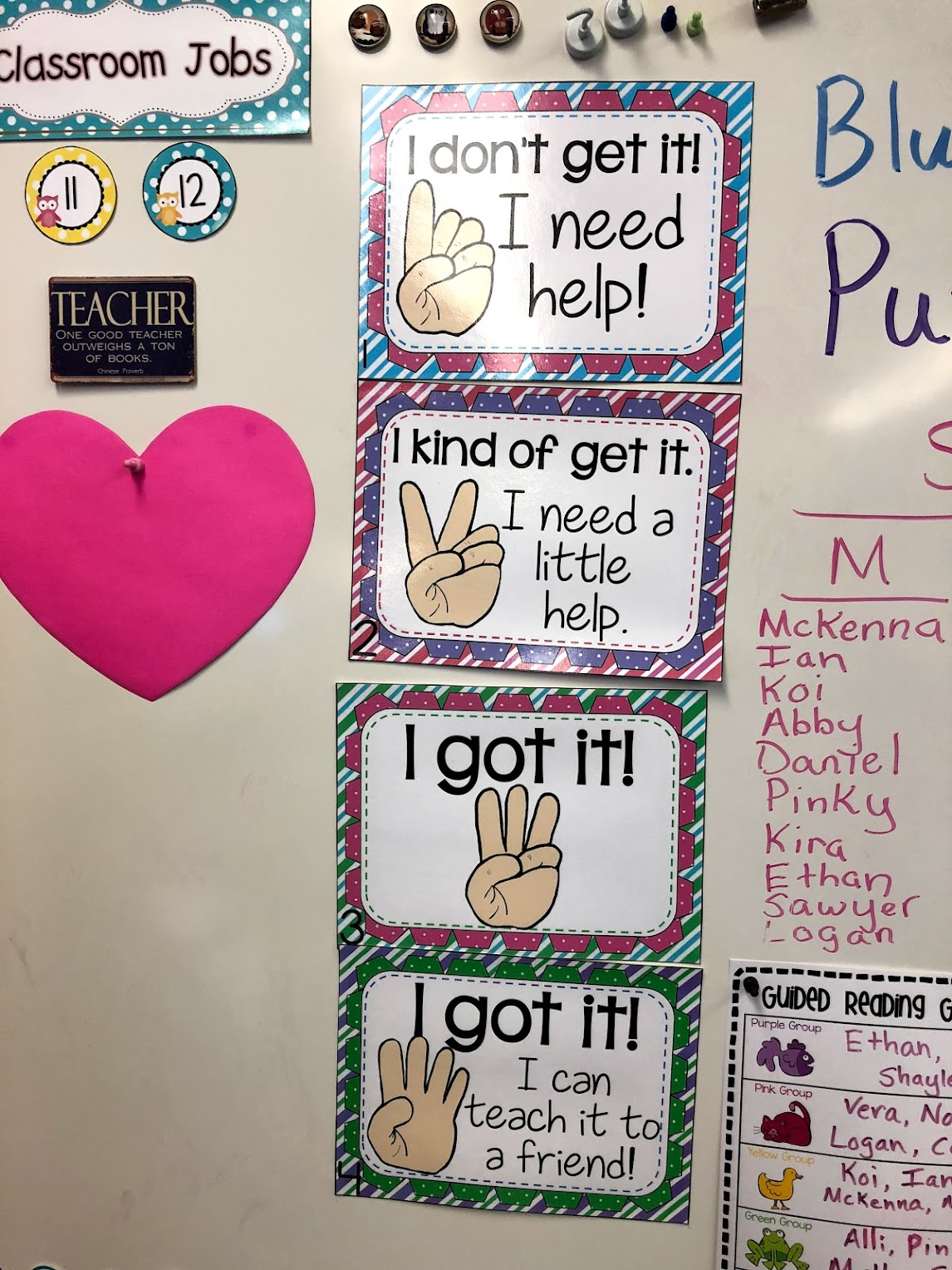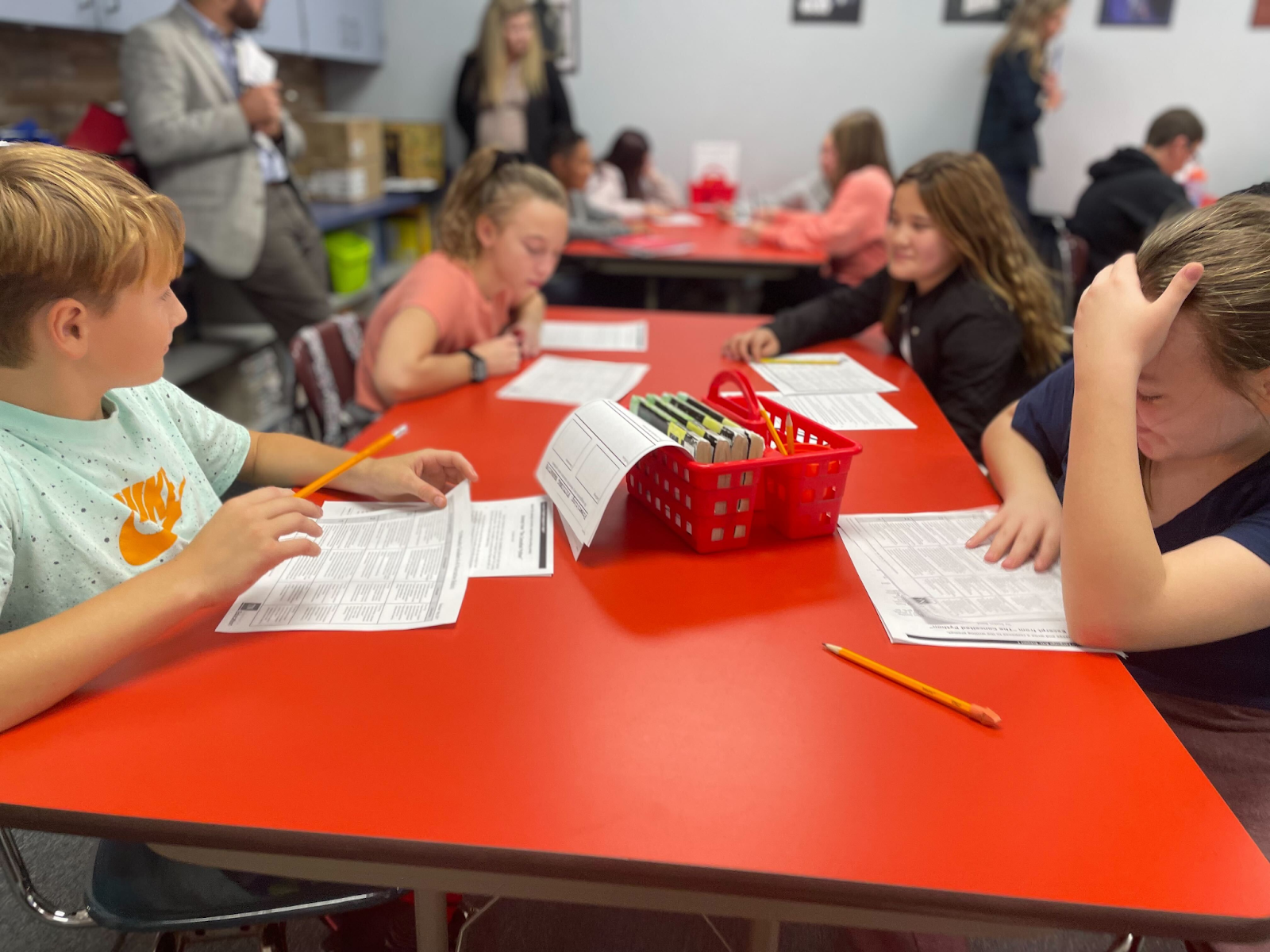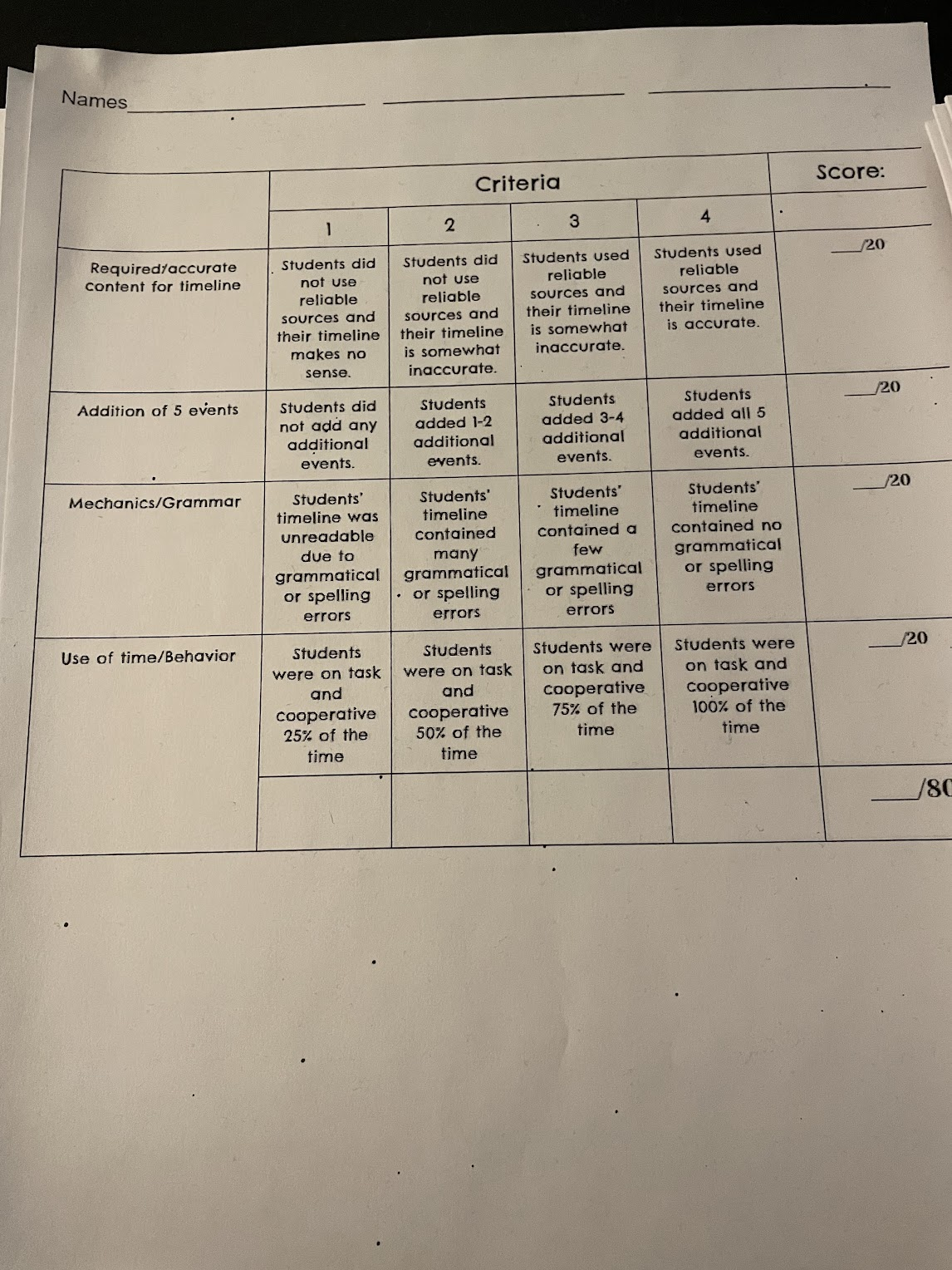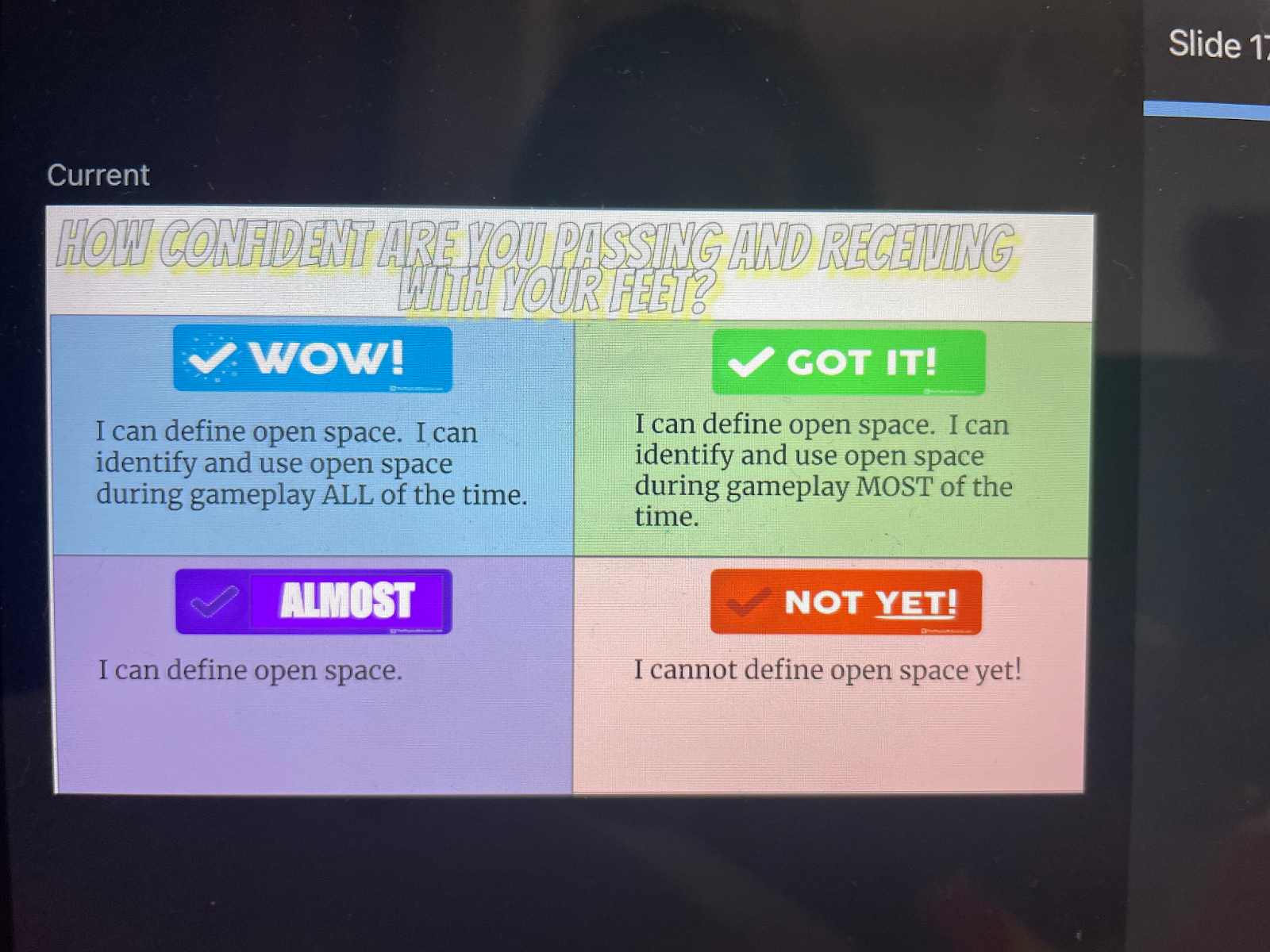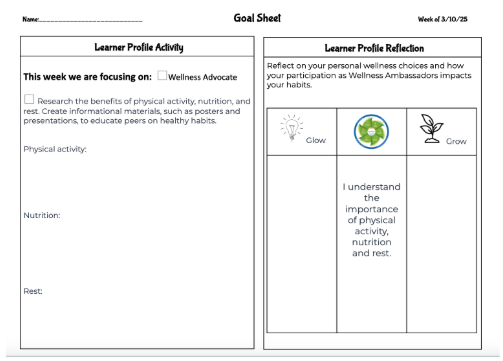Support Learner Self-Assessment
Self-assessment is empowering learners to consider where they are in their own learning by intentionally creating transparency of the learning process, and creating a safe space to make mistakes. Self-assessment is often supported by a rubric or other criteria for mastery as well as providing options for communicating needs throughout the learning process. When learners know where they are, where they’re going, and have methods to communicate their needs, motivation and engagement increase.
Bright Spots
Gain inspiration from authentic examples of this strategy shared by teachers who have used them with their learners.
Creating your own Bright Spots? Let’s get them out into the world! Share yours here.
